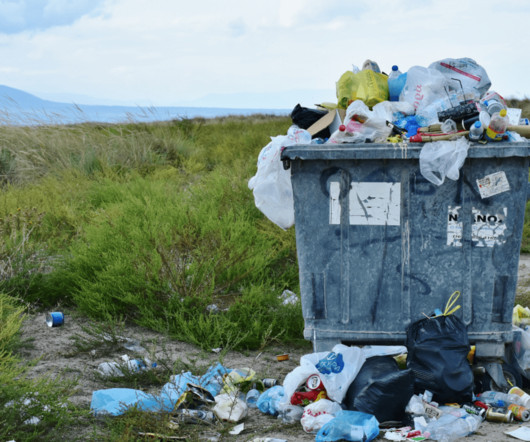Ask a Scientist: Top Takeaways from the New EPA Carbon Pollution Rules
Union of Concerned Scientists
JUNE 14, 2023
Given the EPA has the responsibility and the obligation to address carbon pollution, these standards—the first to limit carbon emissions from existing coal- and gas-fired power plants—are long overdue. Those currently operating fossil fuel plants generate 25 percent of U.S. Last year, wind generated 10.2 JM: That’s right.












Let's personalize your content